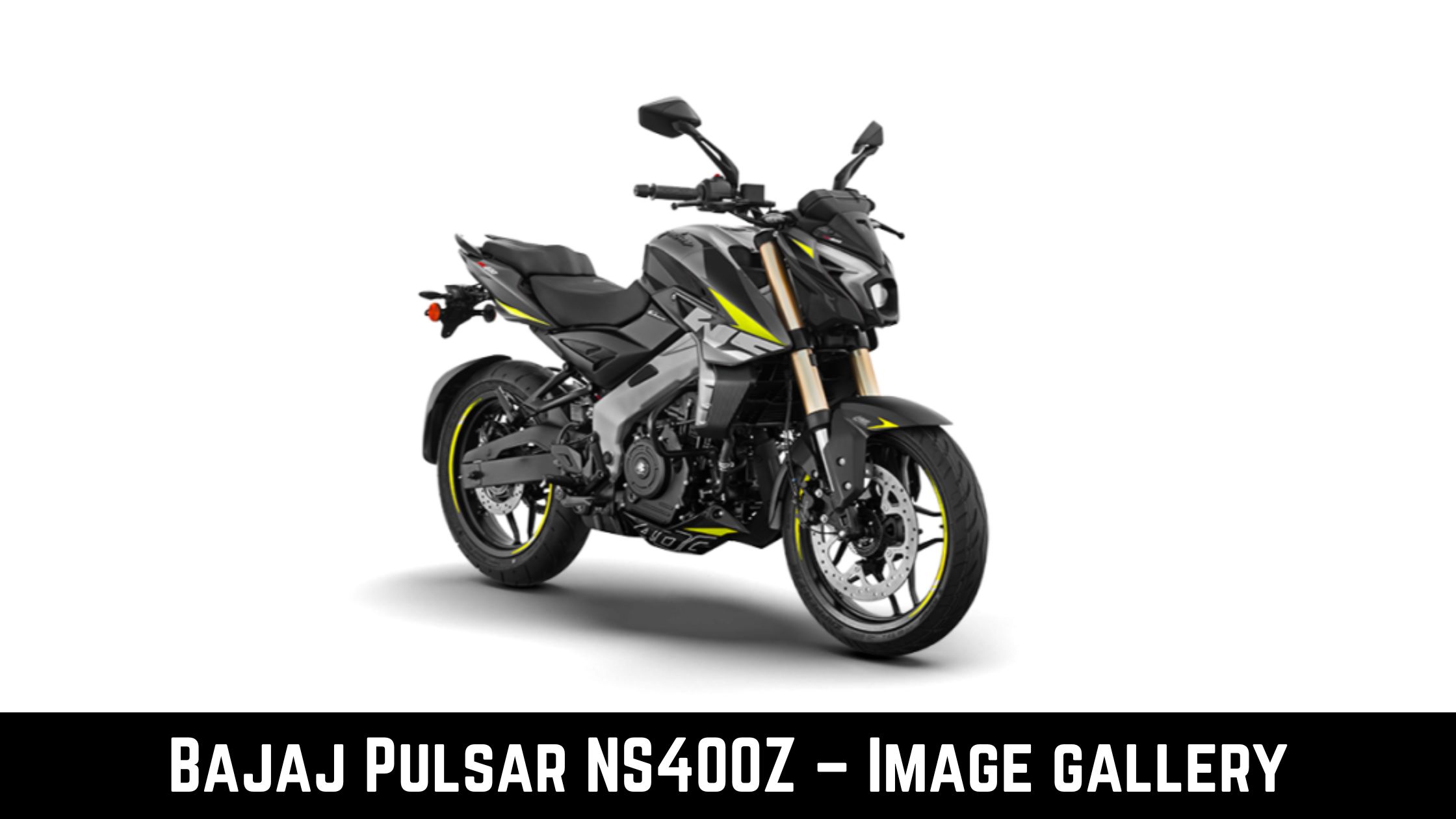
Since electric bikes are growing in popularity, comparisons with hybrid motorbikes are inevitable. The oil-burning internal combustion engine’s exhaust emissions are the subject of increasing protests from the environmental lobby, which has forced manufacturers to race to create new powertrains and technologies for their vehicles.
The motorcycle industry is no exception. Although fully electric motorcycles are the most straightforward option, their clear limitations and problems make them only sometimes the best option.
The hybrid motorcycle powertrain, which combines an electric and gasoline drivetrain, offers an additional remedy. Although the concept has advantages and disadvantages, and there has yet to be much industry progress in the direction of a hybrid solution, it’s nevertheless an intriguing substitute.
What Is An Electric Motorcycle?
Similar to electric automobiles, electric motorcycles are already on the market and are gradually gaining popularity in India as well as in other countries. Additionally, even though leading electric bike companies have improved the motorcycle’s performance and look over time, its core operating principle has stayed the same: it runs on electricity.
Consequently, the engine of an electric motorcycle runs on energy generated by rechargeable batteries as opposed to the gas-burning engines of traditional motorcycles. Motorcycles now run on electricity, which is far greener and cleaner for the environment. It doesn’t need to be burned, the engine’s components don’t wear out quickly, and there are no noise or gas emissions.
Advantages Of Electric Motorcycle
Fuel Economy
Fuel savings on an electric motorbike are substantial because they run entirely on batteries. Savings on an electric motorbike for daily commuting will mount up rapidly. To put things into perspective, electric bikes use 15% less fuel per liter and provide the same mileage as their gasoline-powered equivalents. Also, since you can charge your bike at home, you can save on making excursions to the petrol station.
Low Upkeep
The list of benefits and drawbacks for electric bikes continues with maintenance. Reliability-wise, electric bike motors are considerably superior to ICE engines. With fewer moving parts and no need for oil changes, they require less maintenance. But you have to clean the model, charge the bike battery frequently, and replace the underinflated tires on schedule.
Performance
Since electric motorcycles don’t have a power band, their torque is constantly 100%. An electric bike may accelerate to extremely high levels immediately from the start, in contrast to an internal combustion engine, which has a rev range. You may easily purchase the most potent e-bike because of the affordable bike loan interest rates that are accessible.
No Pollution
You can wave goodbye to the damaging carbon emissions released by an internal combustion engine by utilizing battery technology. This is healthy for the environment and lowers air pollution. Furthermore, these cars are incredibly quiet, which reduces noise pollution.
Disadvantages Of Electric Motorcycles
Initial Cost
The production of electric scooters or bikes and their drivetrains is conducted on a lesser scale in contrast to motorbikes fueled by gas. They are, therefore, more costly to produce due to their much greater production expenses. However, a two-wheeler loan would make it easier for you to pay expenses.
Scope
When the gas tank is complete, the range of an electric bike is less than that of a bike driven by petrol. If you intend to take long road journeys, you will need to make numerous stops to refuel. Long-distance journeys aren’t as suitable for electric scooters because of the scarcity of electric charging outlets.
Duration Of Charging
Using an electric bike means you will need more time to fill up your petrol tank. The longer charging time frames may be an issue if you have an urgent appointment. Despite being incredibly speedy, DC fast chargers still need to be more convenient than a fuel pump, especially in light of the less developed infrastructure for EV charging.
What Is A Hybrid Motorcycle?
A hybrid motorbike is a vehicle that combines a tiny electric motor and a conventional combustion engine, much like a hybrid car. But unlike plug-in hybrid electric vehicles, hybrid motorcycle engines cannot be charged directly from a power outlet. Instead, the combustion engine’s power or regenerative braking is used to charge the battery.
A computer controls the combined operation of the two engines in a hybrid motorbike, utilizing the combustion engine for longer rides or higher speeds and the electric engine when feasible.
Advantages And Disadvantages Of Hybrid Motorbikes
Advantages:
Motorcycles with hybrid engines emit fewer pollutants, use less gasoline, and have quieter engines. Motorbikes that are hybrids operate quietly when powered by electricity.
Drawbacks:
The initial cost of a hybrid motorbike is higher, and there is a smaller range of models available. Since it is difficult and expensive to integrate two motors into a vehicle the size of a motorcycle, there are few hybrid motorcycles available today. Rather than focusing on hybrid electric motorcycles, manufacturers who are interested in high-efficiency, green, or renewable choices have been more inclined to investigate all-electric motorcycles.
Electric Vs Hybrid Motorcycle: Comparisons
- Compared to electric motorcycles, hybrid motorcycles are more powerful and self-sufficient. A fear of their advancement may hamper the development of new technologies. The distinction is that if you ride a hybrid motorcycle, finding petrol stations and refueling will be more straightforward.
- Only some things have benefits. Compared to motorcycles with hybrid motors, electric motorcycles are greener and more environmentally friendly. But these are even more environmentally friendly than those whose engines solely run on fossil fuels. We are discussing both the noise they make on the way and the releases of pollutants into the atmosphere.
- Hybrid engines will eventually become less common as new projects focused on creating automobiles powered entirely by renewable and ecological energy sources are developed.



